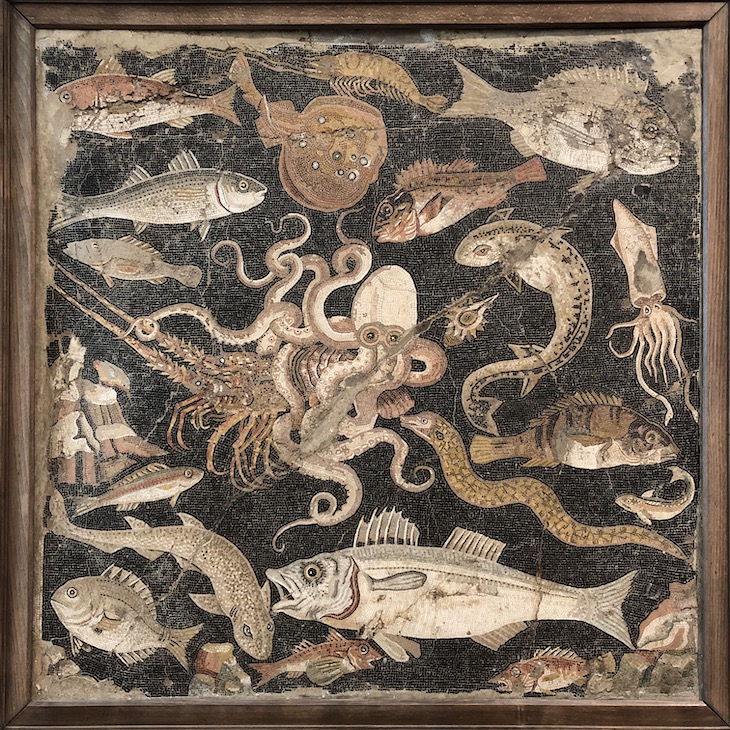Introducing Rakewell, Apollo’s wandering eye on the art world. Look out for regular posts taking a rakish perspective on art and museum stories.
All hail the giant squid! The coastal town of Noto in the Ishikawa prefecture of Japan finds itself in hot water, with some of its residents at least, for having splashed 25 million yen (£165,000) on a colossal statue of a cephalopod that it hopes will prove a draw for seafood-seeking tourists. The problem? The funds came from a coronavirus relief package allocated to the town by the Japanese government last year. And, well, nobody quite understands how a 43-foot long tentacular totem falls under the rubric of coronavirus relief.
Anyway, Rakewell is all in favour of this monumental monster of the deep. It looks like something knocked up by Jeff Koons, only more fun than Jeff Koons and more friendly. And your correspondent is minded of the fine historic tradition of squid art. From the mosaics of Pompeii to baroque still lifes, squid have propelled their way into the artistic canon and clung on.

Ocean floor: mosaic from the House of the Dancing Faun, Pompeii
In an oil on copper from 1949, Lucian Freud painted one lucky squid next to a sea urchin, with the black ink seeping out from the squid suggesting that, in some way, it was an artist itself. The squid’s close cousin, the cuttlefish, has sometimes been used to produce artist’s ink, after all: the history of art is sepia-tinted.
Got a story for Rakewell? Get in touch at rakewell@apollomag.com or via @Rakewelltweets.
Unlimited access from just $16 every 3 months
Subscribe to get unlimited and exclusive access to the top art stories, interviews and exhibition reviews.














![Masterpiece [Re]discovery 2022. Photo: Ben Fisher Photography, courtesy of Masterpiece London](http://www.apollo-magazine.com/wp-content/uploads/2022/07/MPL2022_4263.jpg)
It’s time for the government of London to return to its rightful home